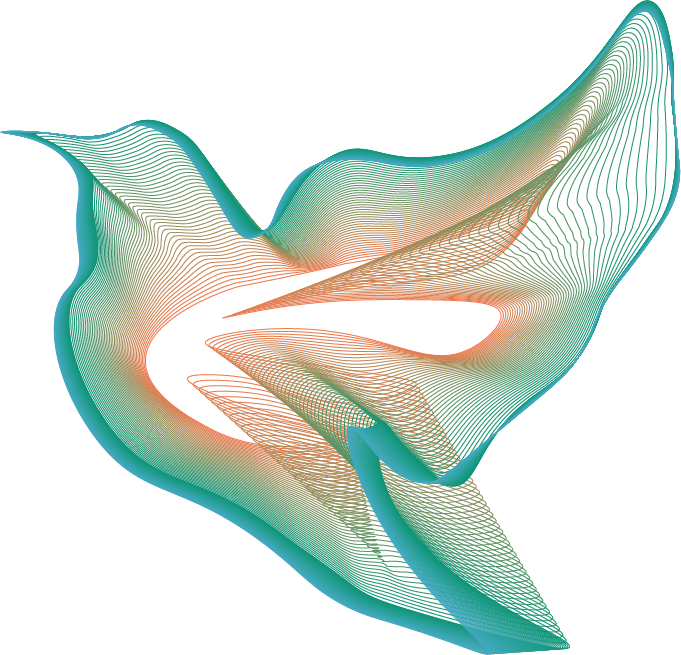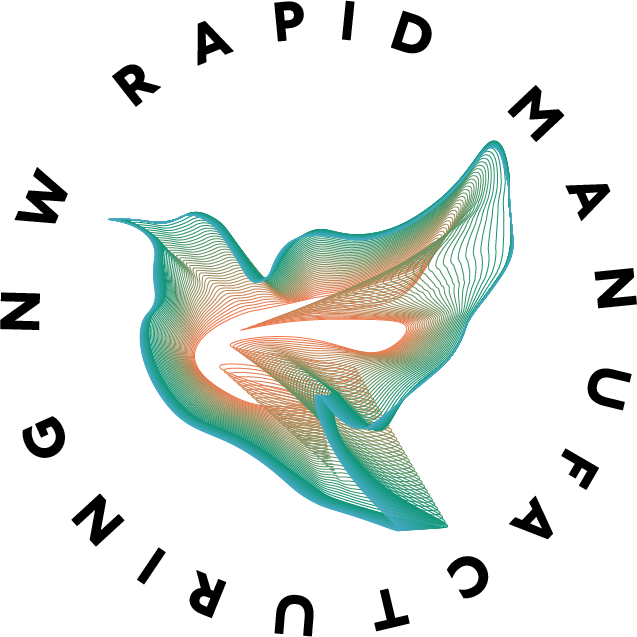
The Flush of the Future?
Unfortunately for one of our engineers, purchasing a touchless flushing toilet proved to be a bit of a letdown. With high hopes of a hands-free flushing throne as a part of his bathroom remodel, Ken purchased Delta’s FlushIQ toilet. “It was great, while it lasted.”
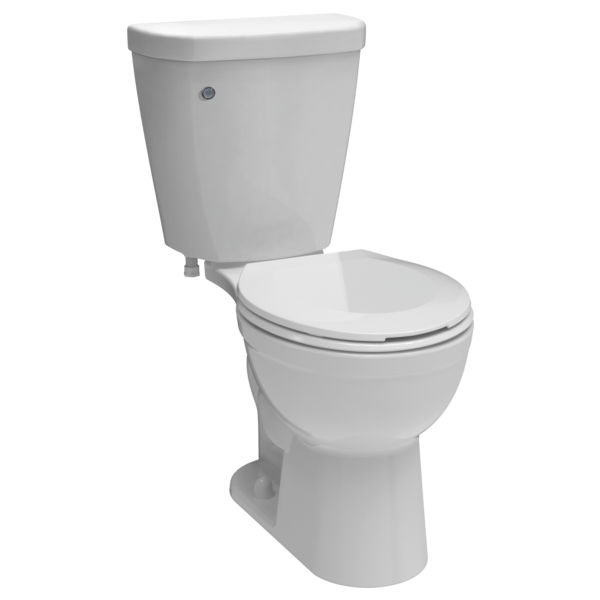 The culprit.
The culprit.
Photo source: https://goo.gl/7rBoen
The issue:
The first frustration came from the power source. The toilet flusher required four AA batteries. Initially, those four batteries lasted roughly eight or nine months before asking for new batteries with a flashing warning light. The replacement batteries lasted just three or four months. After replacing those, they lasted just a few days. Trying C batteries made no difference, and Ken knew something was wrong.
With the short battery lifespan, he began experiencing incomplete flushing. Using the sensor no longer prompted a full flush. After three or four half attempts, it would finally flush. This could also cause a low-water error, however, which would then require a manual flush. (“Hands-free” flusher?) This was no longer a viable way to flush, and as a result, Ken and his wife came to the conclusion that a traditional handle was the answer.
This caused a whole new set of issues. Traditional handles are created to fit a square hole, as is the toilet industry standard. This is to reduce any unnecessary handle motion. The Delta FlushIQ has a circle hole, making it nearly impossible to find a replacement handle/flushing kit. Some DIYers had shaved down some of the square-hole handles, but this wasn’t an option for the Delta FlushIQ’s small opening. Ken also considers himself a refined Macgyver and wanted a more high-class fix. What’s a 3D printing engineer to do?
The solution:
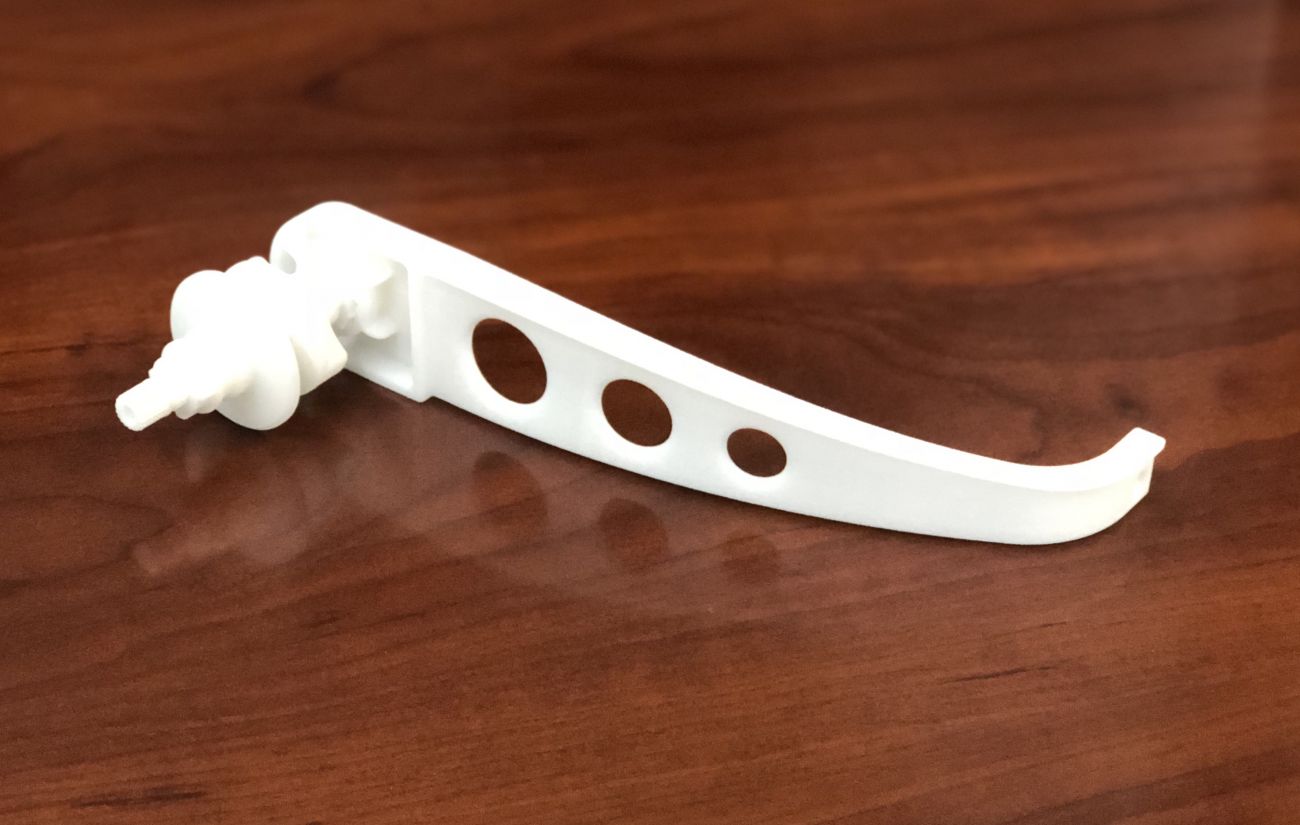
The first rendition of the 3D-printed lever.
Being the smart guy he is, Ken thought to himself – after a few hours of online searching – “I have a 3D printer at my disposal, I could just design my own tank lever.” So he did! He purchased the handle portion in brushed nickel to match the rest of the bathroom and he got to work on the rest.
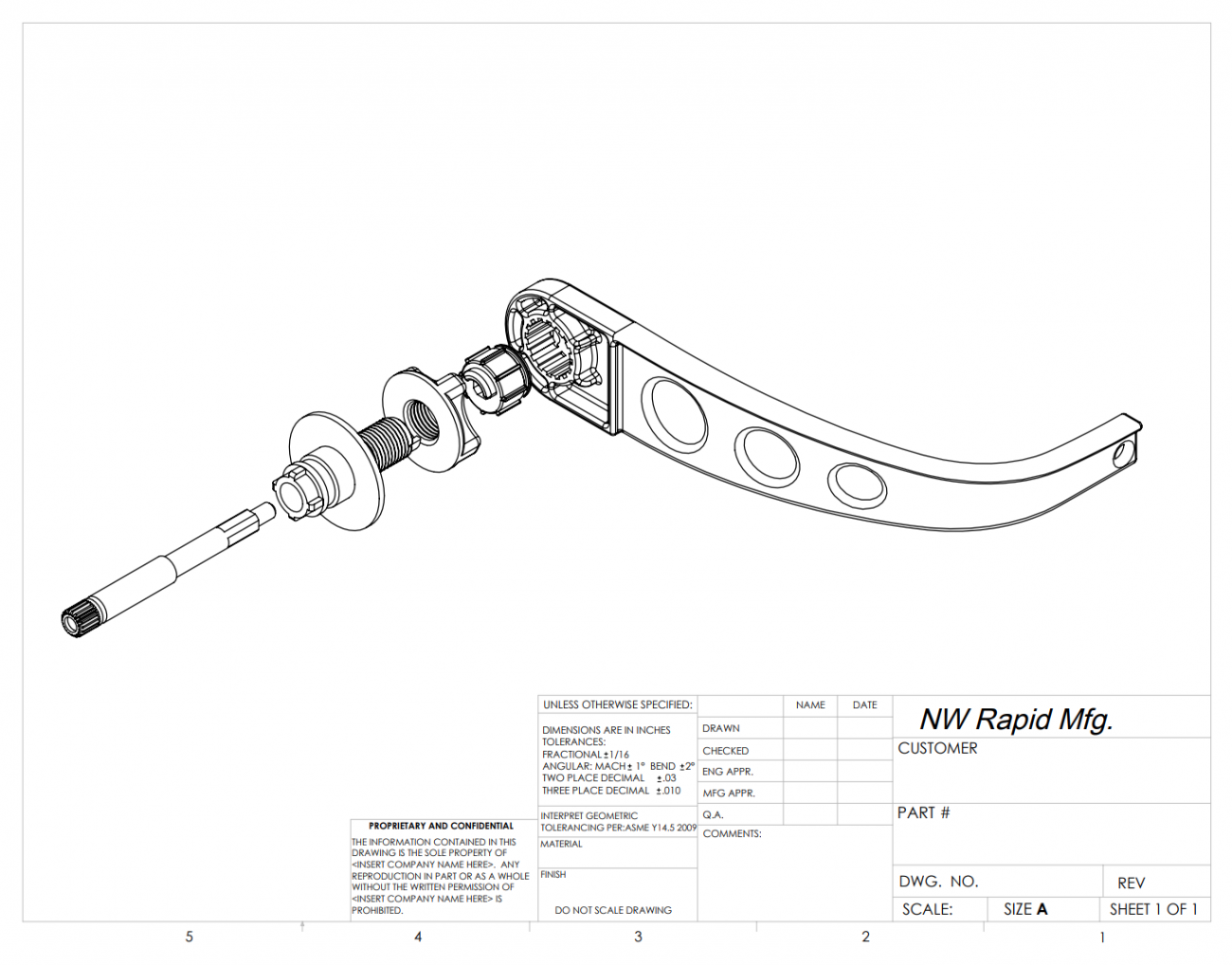 The 3D design.
The 3D design.
The answer to Ken’s toilet woes: design the lever portion that attaches the handle to the inside chain and flapper. Initially, there was not enough curve in the part that connects to the chain. When flushing, the chain was not directly above the flapper, which could cause some issues with the tank’s water level. He edited this part of his design and now has a fully functional toilet.
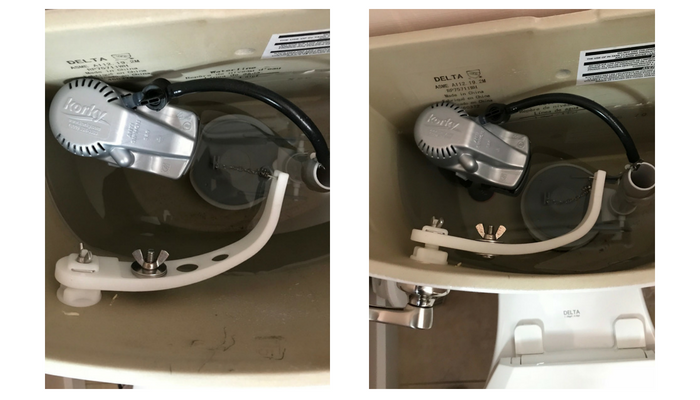 Where the magic happens.
Where the magic happens.
With some extra-sticky double-sided tape to hold the handle’s base in place, Ken solved the issue of the handle spinning endlessly in the circular hole. He attached the nickel handle to the 3D-printed threads and he was in business.
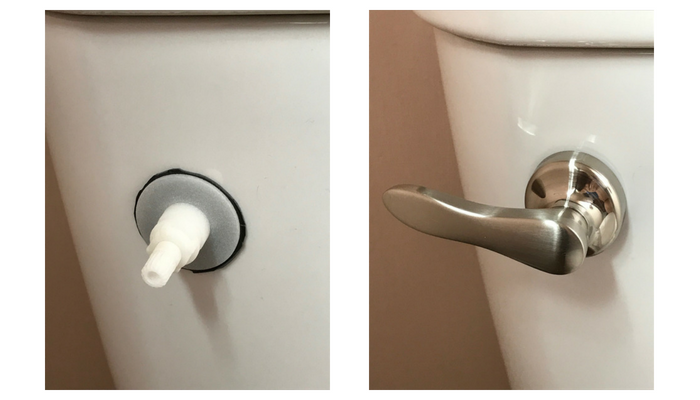 Ken is flushing in style.
Ken is flushing in style.
Touchless flushing toilets and the few available conversion kits were marketed with the notion that they provide the “flush of the future.” It doesn’t appear to be ready for prime time, however, as Ken discovered. There are endless forums and websites complaining of the flusher’s shortcomings. Perhaps in the next few years, a better solution will hit the market. In the meantime, Ken is happy to share his design with other frustrated touchless flushing toilet owners!
How can 3D printing make your life better? You have a team of engineers at your disposal too! Tell us how we can help solve your problem.
